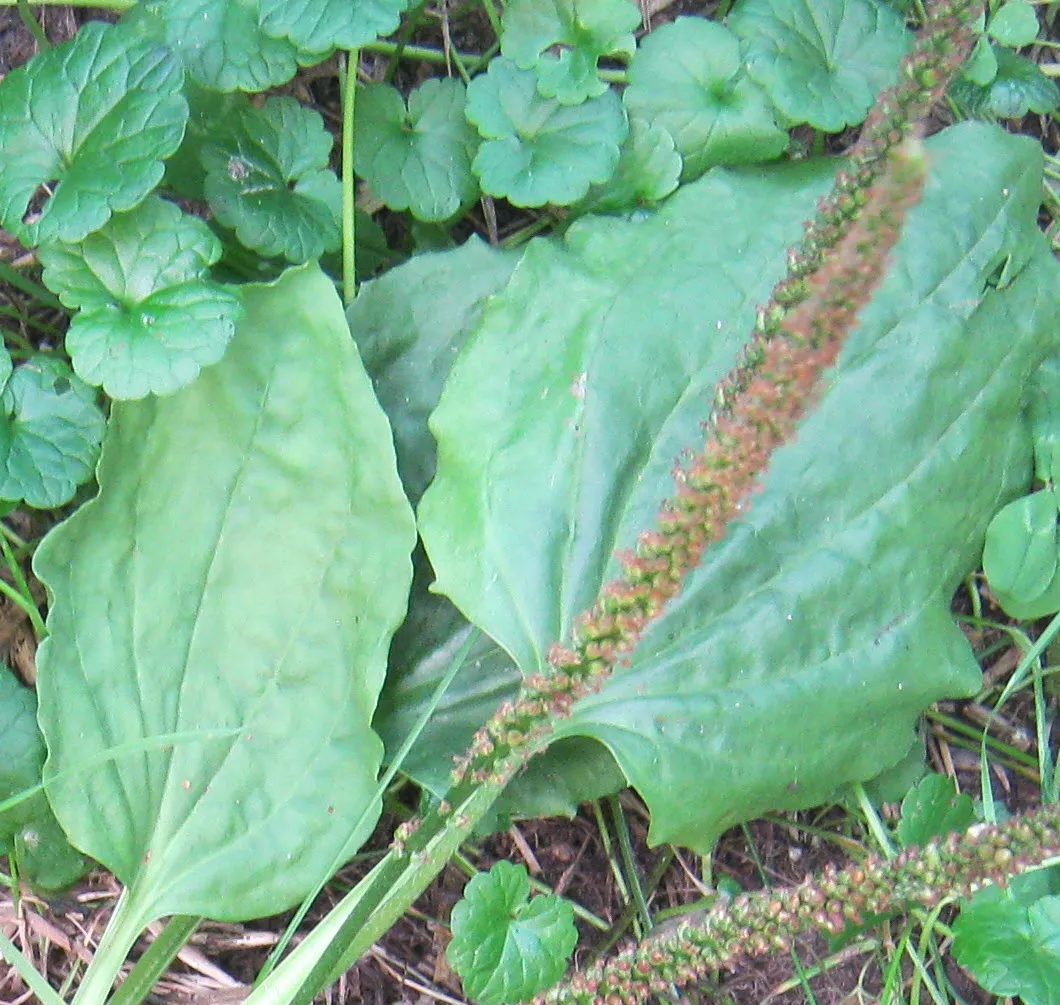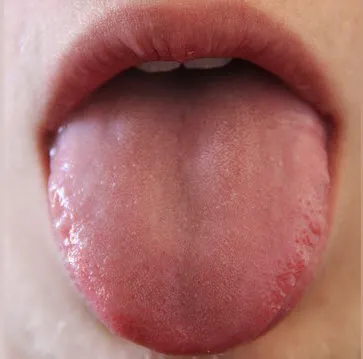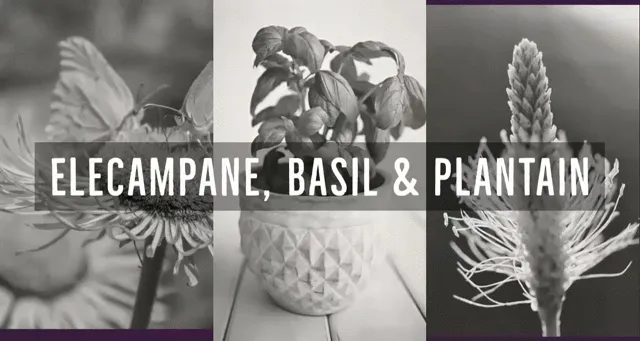In the Boreal forest where I live the herb Plantain abounds.
Plantain (Plantago major/lanceolata)

Around our homestead it had made a lovely ground cover in the clearings. I found it made a lovely replacement for the hostas too (that I failed miserably at growing - too dry of conditions) when put into the rich soil.
Over the years this plant kept coming to my attention as it was recommended for things like drawing out slivers, stingers and even removing the sting from nettles, which also grows abundantly around our place. I was so happy to have something that immediately removes the sting (for nettles) so I could go about my weeding and also the harvesting and know that I could just grab some plantain, macerate it and spread the macerated leave over the area that touched the stinging nettle and it was soothed. You see I love stinging nettle for a food and medicine so I let it grow and now I don’t have to worry about accidentally touching it.
After years of buying psyllium (useful for keeping you regular and as a mucilage) I discovered that the ripe seeds and husks of the plantain are very similar to psyllium.
The mature seeds can be ground into a flour too, with more protein in it than in wheat flour and used for baking
@riverflows shared a terrific recipe for using it in bread at: @riverflows/plantainelecampanebasilacontemplationfornaturalmedicineplantmedicine-z025jx2kkm
Plantain seed heads

The green seeds can be ingested using them as a parasiticide.
One more cool thing for any pet bird owners is the mature seed heads can be hung up as a self-feeder for your bird.
I love to investigate the way the native Cree of our area used the plants and found they would chew and swallow the fresh leaves for internal bleeding and they also placed them on burns, scalds and insect bites. From the dried leaves they made an antiseptic powder.
The root was chewed for toothaches or they would hold the root in their mouth and the saliva that formed would help with sore throats.
This leads me into research I did with plantain and the doctrine of signatures (The doctrine of signatures captures my interest although I don’t follow the principle that whatever body part a plant resembles that plant will have medicine in it for that body part)
The plantain has the signature of the tongue with it’s shape and the sinew and veins that run through it.

Can you see the resemblance?
With that it has been used in different diseases of the tongue and inflammation of the mouth, gums and throat.
But it's many uses don’t stop there!
USES
Fresh plant salves can be made and used for skin problems like acne, impetigo and eczema.
There has been clinical studies that indicate the fresh leaves are useful against staph infection. Which is good news!
It can be used to treat pink eye by placing a warm poultice directly on the closed eye then later use an infusion of the plant as an eye wash.
Good news for smokers – Fresh infusions used as mouthwash is great for breaking nicotine addiction. It creates an extremely bad taste when combined with a nicotine product and is used as an effective aversion therapy!
Those same infusions or ones made with dried leaves help relieve bladder infections and is good for bedwetting in children.
Juice from the plantain can be a very powerful medicine.
Combine it with juice from nettles gives you one of nature’s best gifts for clearing mucous from the ears.
Combine it with rose oil and rub it on swollen hand and feet joints that are affected by gout.
It’s many uses seems to go on and on and is used in many different ways in different parts of the world.
I’m coming to value this robust little plant that has graced our property more and more and hope this article helps you to appreciate it too.
This is my entry for @NaturalMedicine 's "Plant Medicine Challenge" This is the last day to enter. Check out the guidelines here.

Plantain images are my originals.
Image of tongue is from Pixabay.com
Please don’t hesitate to follow me - @porters






